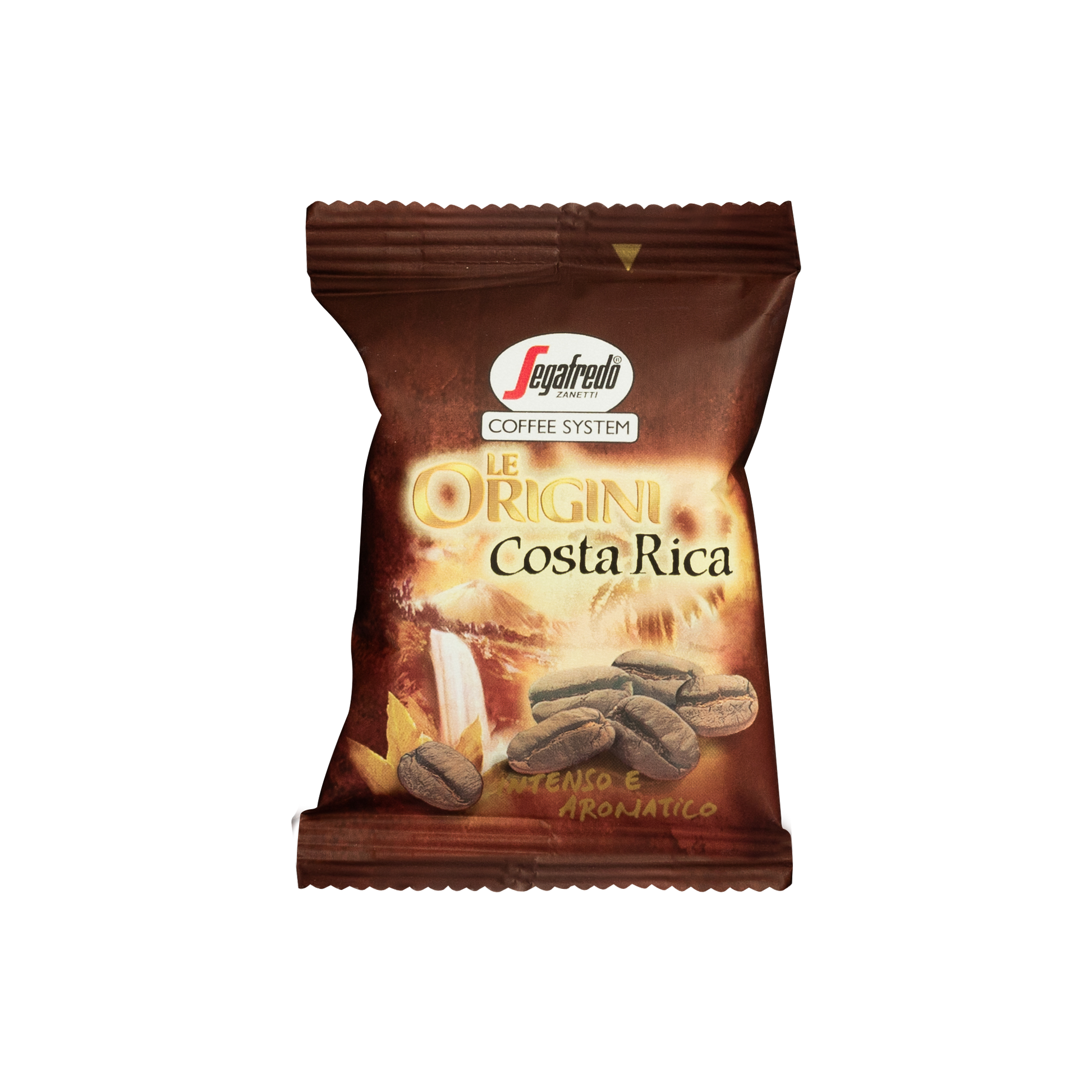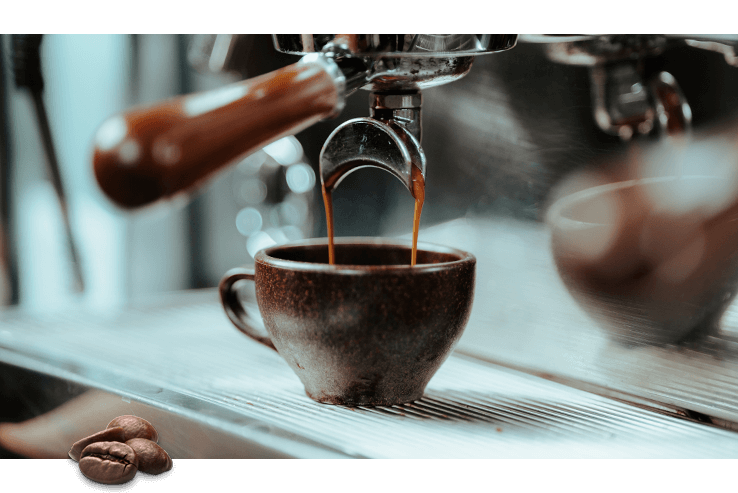How SOE Single Origin Espresso Improves Your Daily Coffee Ritual
How SOE Single Origin Espresso Improves Your Daily Coffee Ritual
Blog Article
Coffee Beans 101: Everything You Need to Know About Coffee and Blended Coffee Beans
When it comes to coffee, understanding the nuances of coffee and blended beans can transform your day-to-day cup. From the expanding procedure to roasting methods, every step plays a duty in your coffee experience.
Recognizing Coffee Beans: Kinds and Ranges
When diving right into the world of coffee, understanding the types and varieties of coffee beans is crucial for every fanatic. You'll largely encounter two primary species: Arabica and Robusta. Arabica beans are recognized for their smooth, intricate flavors and reduced caffeine material, making them a favorite amongst coffee connoisseurs. On the various other hand, Robusta beans load a punch with a stronger, a lot more bitter taste and higher high levels of caffeine levels, usually used in coffee blends.
Within these types, you'll discover various local selections, each bringing distinct features. For example, Ethiopian Yirgacheffe supplies brilliant flower notes, while Colombian beans give a well-balanced taste account. As you discover, keep in mind to focus on processing approaches like cleaned or natural, as they can significantly influence the last preference. By acquainting on your own with these beans and their flavors, you'll boost your coffee experience and make even more informed options in your brewing trip.
The Expanding Process: From Seed to Bean
When you discover the journey of coffee, all of it begins with seed selection techniques that establish the structure for top quality. From there, growing and gathering play necessary duties in guaranteeing the beans prosper. Processing approaches change those gathered cherries into the coffee beans you like.
Seed Selection Techniques
Picking the right seeds is crucial for creating high-grade coffee beans, as it lays the structure for the entire expanding procedure. You need to begin by choosing seeds from reliable resources that focus on top quality and hereditary variety. Look for varieties understood to flourish in your particular climate and soil problems. Pay attention to the seed's age and storage conditions, as fresh seeds have a tendency to germinate much better. When feasible, choose organic seeds to decrease direct exposure to unsafe chemicals. Think about the illness resistance of different ranges, as this can substantially impact your return. Do not hesitate to seek advice from with local farmers or specialists to get understandings right into the finest seed choices for your region. This knowledge will enhance your coffee-growing experience.
Growing and Harvesting
As you nurture your coffee seeds right into thriving plants, recognizing the cultivation and harvesting process is vital for attaining the finest flavor and high quality. Beginning by growing your seeds in well-draining dirt, preferably in a shaded location to safeguard them from straight sunlight. As your plants expand, keep constant wetness, and bear in mind their demand for nutrients. Prune regularly to promote airflow and healthy growth.
Hand-picking is commonly the ideal technique to guarantee only the ripest cherries are picked. Timing is important; harvesting too late or as well very early can affect the taste profile of your beans.

Handling Approaches Discussed
As soon as you have actually collected your coffee cherries, the next important action is processing them to change those vivid fruits into the beans you'll make. In the completely dry process, you spread the cherries out in the sun to dry, permitting the fruit to ferment and present unique flavors to the beans. Recognizing these approaches is vital to appreciating your coffee experience.
Toasting Strategies: How Taste Is Created
When it pertains to roasting coffee beans, recognizing roast levels is key to revealing their one-of-a-kind tastes. Each roasting method influences the aroma and boosts the flavor development process, giving you a richer coffee experience. Allow's explore how these factors come together to boost your day-to-day brew.
Roast Degrees Described
Roast levels play an essential duty in forming the flavor account of your coffee. When you pick a light roast, you'll delight in brilliant level of acidity and fruity notes. As you move to a tool roast, you'll notice an equilibrium of sweet taste and intricacy, usually highlighting delicious chocolate or caramel tastes. Dark roasts, on the other hand, supply bold, great smoky attributes with much less level of acidity, making them robust and rich. Each degree results from different roasting times and temperature levels, affecting the beans' chemical structure. By understanding these levels, you can better select a coffee that matches your preference preferences. Explore various roasts to discover which one resonates with you, enhancing your general coffee experience and enjoyment.
Effect on Fragrance
The roast degree not just influences the preference of your coffee however additionally considerably influences its aroma. When you select a light roast, you'll commonly observe brilliant, floral notes that can make your coffee smell vivid and fresh. As the beans dim, the fragrance changes; a tool roast brings out extra balanced, caramelized scents, while a dark roast has a tendency to feature vibrant, smoky undertones. Each toasting technique releases various unpredictable substances, shaping just how your coffee smells. In addition, the quality of the beans plays an important role; newly roasted coffee launches extra aromatic oils, improving that enticing aroma. Pay attention to the roast level-- it's essential to revealing the full fragrant experience of your mixture.
Flavor Development Process
As you discover the taste development process, you'll discover that toasting methods play an important function fit the preference profile of your coffee. The toasting temperature level and time directly affect the acidity, sweetness, and resentment of the beans. Light roasts preserve more of the bean's initial tastes, highlighting floral and linked here fruity notes. Tool roasts equilibrium acidity and body, supplying a well-rounded flavor. Dark roasts, on the various other hand, bring out vibrant, great smoky try this site attributes while reducing the bean's fundamental high qualities. Throughout toasting, chain reactions, like the Maillard reaction and caramelization, change the beans and improve their intricacy. Exploring with various roasting levels can help you locate your excellent brew, so don't be reluctant to taste and uncover the abundant range of tastes!
Coffee vs. Blended Coffee: Secret Differences
Coffee and combined coffee each deal unique experiences that deal with different tastes and preferences. Espresso is a concentrated coffee brewed by forcing warm water via finely-ground coffee beans, leading to a rich, strong flavor and a luscious layer of crema ahead. It's often appreciated as a shot or made use of as a base for drinks like cappuccinos and cappucinos.
On the other hand, blended coffee integrates different beans from various areas, developing an extra balanced flavor account. You'll frequently discover blends that highlight sweetness, body, or acidity, making them flexible for various brewing methods. While coffee concentrates on intensity, mixed coffee may use a broader variety of flavors that can alter with each sip.
Inevitably, your option between espresso and combined coffee boils down to your personal choice. Whether you yearn for a leisurely cup or a quick jolt, both choices have something delicious to use.

Brewing Techniques: Unlocking the Perfect Cup
When it involves developing coffee, finding the right technique can transform your experience and elevate your cup. Each developing strategy has its distinct charm and can significantly impact your coffee's flavor and fragrance. Using a French press permits you to appreciate a full-bodied and abundant mixture, while a pour-over technique offers a tidy, brilliant mug with distinctive tastes.
If you choose espresso, purchasing a top quality maker can help you master the art of pulling shots. Conversely, for comfort, a single-serve hull system offers rate without sacrificing taste.
Do not neglect regarding cold brew, which provides a smooth, less acidic coffee suitable for warm days. Experiment with various approaches to discover what reverberates with your taste.
Tasting Notes: Identifying Flavor Profiles
How can you absolutely appreciate your coffee if you do not recognize what flavors to look for? Tasting notes are your overview to comprehending the complicated world of coffee. Pay focus to the preliminary flavors that strike your taste when you drink. You might detect fruity notes, like berry or citrus, or perhaps a nutty touch. As you continue to taste, notice exactly how the tastes progress-- this is called the "coating." Some coffees might leave a chocolatey or sugar aftertaste, while others may have a bright, original site clean coating.
Take into consideration the body of the coffee, too; is it light and ventilated or thick and syrupy? Do not neglect level of acidity; an intense level of acidity can add vigor, while a reduced acidity might give a smoother experience. By determining these flavor accounts, you'll strengthen your connection with each mug, making coffee tasting a delightful trip of exploration.

Tips for Picking and Storing Coffee Beans
Selecting and storing coffee beans correctly can substantially enhance your developing experience. Start by choosing high-grade beans that suit your preference - SOE.
As soon as you have your beans, store them in a closed container to avoid direct exposure to light, air, and wetness. A dark, awesome place functions best, so prevent maintaining them in the fridge or freezer, as this can present moisture. Only grind the quantity you require to keep freshness; whole beans preserve flavor longer than pre-ground coffee.
Last but not least, attempt to use your beans within two to 4 weeks after opening for peak preference. Following these tips will certainly ensure your coffee stays tasty and pleasurable, boosting your daily brew to brand-new heights.
Regularly Asked Concerns
How Much Time Do Coffee Beans Stay Fresh After Toasting?
Coffee beans remain fresh for about 2 weeks after roasting - SOE. You must keep them in a closed container, away from light and dampness. Afterwards, their taste and fragrance begin to diminish substantially

Can I Mix Different Coffee Bean Varieties?
Definitely, you can mix various coffee bean selections! Trying out blends can improve tastes and develop a distinct taste profile. Just make sure to stabilize the strengths and characteristics of each selection for the ideal outcomes.
What Is the Suitable Grind Dimension for Coffee?
For coffee, you'll desire a great work size, concerning the texture of common salt. This permits ideal removal, causing a rich, tasty shot. Experiment a bit to locate what matches your taste best!
Exactly How Does Elevation Affect Coffee Bean Flavor?
Altitude influences coffee bean taste by influencing the development price and chemical make-up. Greater altitudes result in slower growth, which enhances level of acidity and complexity, providing your coffee a one-of-a-kind and vibrant preference you won't neglect.
Are There Decaffeinated Variations of Espresso Beans?
Yes, there are decaffeinated variations of coffee beans. You can appreciate a rich espresso taste without the caffeine kick. Just try to find "decaf" blends at your local coffee store or specialty shop.
Coffee Beans 101: Everything You Need to Know Concerning Coffee and Blended Coffee Beans.
When diving right into the globe of coffee, understanding the types and ranges of coffee beans is vital for every enthusiast.When it comes to roasting coffee beans, recognizing roast levels is vital to exposing their one-of-a-kind tastes. Coffee is a focused coffee brewed by forcing warm water with finely-ground coffee beans, resulting in an abundant, vibrant flavor and a velvety layer of crema on top.On the other hand, blended coffee integrates various beans from different areas, producing a much more balanced flavor profile.
Report this page